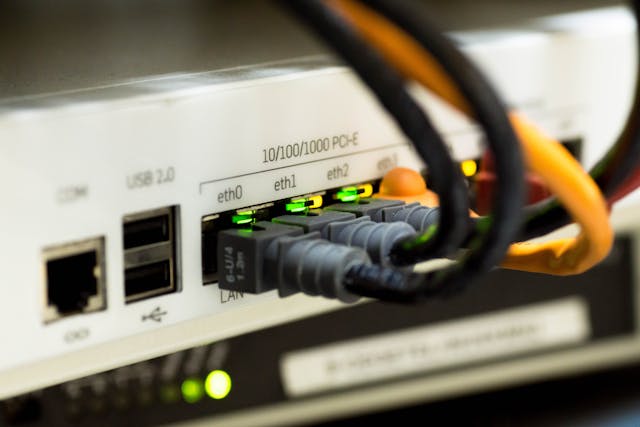
The internet: a gateway to information, a platform for connection, and sometimes, a source of immense frustration. If you’re facing internet connectivity issues, you’re not alone. Dropped connections, slow browsing speeds, and the dreaded “no internet” message can disrupt your workflow and leave you feeling helpless. But fear not, fellow netizen! This article will equip you with the knowledge to troubleshoot common internet connectivity problems and get back to smooth sailing online.
Diagnosing the Culprit:
Before diving into solutions, let’s identify some potential causes of your internet woes:
- Unruly Cables: Loose or damaged cables connecting your devices to your router or modem can disrupt the signal. Ensure all cables are securely plugged in and free of any kinks or breaks.
- Router Blues: Sometimes, the issue lies with your router itself. A simple restart of your router and modem can often resolve temporary glitches.
- Wi-Fi Woes: While convenient, Wi-Fi can be susceptible to interference from other devices or distance from the router. Try connecting directly to your router with an ethernet cable to see if the issue persists. This can help pinpoint if the problem lies with the Wi-Fi signal itself.
- Overwhelmed Network: If you have a large number of devices connected to your Wi-Fi network, it can become overloaded, leading to slow speeds. Try disconnecting unused devices or consider upgrading your internet plan to accommodate more bandwidth.
- ISP Impasse: The problem might lie with your internet service provider (ISP). Outage alerts or contacting your ISP can help determine if there are broader network issues in your area.
Taming the Tech Terrors:
Once you’ve identified the potential culprit, here are some steps to troubleshoot your internet connectivity:
- The Great Reboot: It might sound simple, but restarting your router and modem can often resolve temporary glitches. Unplug them for 30 seconds, then plug them back in and wait for them to fully boot up.
- Check Your Cables: Inspect your cables for any damage or loose connections. Ensure they’re securely plugged into your router, modem, and device.
- Move Closer to the Router: If you’re using Wi-Fi, try moving your device closer to the router to strengthen the signal. Thick walls or metallic objects can weaken the signal strength.
- Disconnect Unused Devices: Having too many devices connected to your Wi-Fi can strain the network. Try disconnecting unused devices to free up bandwidth.
- Contact Your ISP: If the issue persists after trying these steps, contact your internet service provider. They can help diagnose the problem and potentially fix any issues on their end.
Preventing Future Frustrations:
Here are some proactive measures to keep your internet connection running smoothly:
- Regular Restarts: Make it a habit to restart your router and modem periodically (every week or two) to prevent glitches.
- Strategic Router Placement: Position your router in a central location with minimal obstructions to optimize Wi-Fi signal strength throughout your home.
- Invest in Quality Cables: Using good quality ethernet cables can ensure a reliable wired connection.
- Monitor Data Usage: If you have a data cap, be mindful of your internet usage to avoid exceeding your limit and experiencing slowdowns.
By understanding the common culprits and implementing these solutions, you can say goodbye to internet connectivity woes and reclaim your smooth sailing online experience. So, next time you encounter buffering purgatory, remember these tips and get back to conquering the digital world!















Leave a Reply